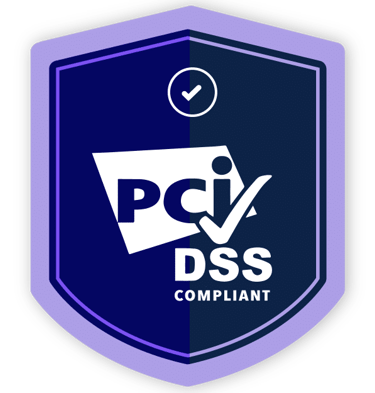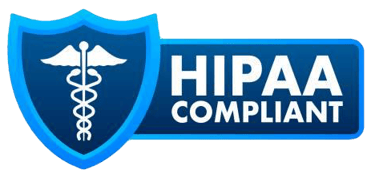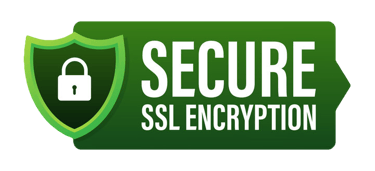Top Documentation Errors in Home Health (And How to Avoid Them)
Discover the most common documentation errors in home health—like missing notes, improper billing, OASIS mistakes—and learn proven strategies to avoid them, streamline audits, and improve patient care.


Documentation is the backbone of effective home health care—informing care plans, supporting billing, and protecting against audits. Yet, across thousands of agencies, certain documentation pitfalls persistently derail compliance and cost agencies financially. Drawing on CMS audits, accreditor findings, and industry best practices, here are the top documentation errors in home health and savvy strategies to avoid them.
1. Missing or Incomplete Visit Notes
What Happens: Clinicians omit critical information—missing vitals, interventions, patient responses, or neglect to sign and timestamp notes.
Why It Matters: Without complete notes, services may not be billable, patient conditions may go unmanaged, and agencies risk audit citations—for instance, "No documentation" triggers CMS codes that often provoke immediate claim denials.
Solution: Use checklists and EMR prompts to require date, time, signature, and clinical content before submission.
2. Inconsistent Documentation Across Staff
What Happens: Different formats, terminology, or detail levels across team members lead to fragmented charts.
Why It Matters: Inconsistencies reduce chart clarity, weaken care coordination, and raise audit red flags .
Solution: Standardize templates, training, and terminology. Implement peer reviews to catch mismatches early.
3. Physician Orders Not Aligned With Services
What Happens: Services delivered aren’t backed by clear physician orders—e.g., wound care without a doctor’s order or weight monitoring without documented instructions .
Why It Matters: CMS Condition §484.60(b) requires physician-directed services—without orders, care is deemed non-compliant.
Solution: Regularly audit plan-of-care and notes alignment. Use EMR flags for missing orders and timely physician notification.
4. OASIS Form Errors
What Happens: Misunderstanding item definitions (e.g. SDOH), outdated guidance usage, or mismatched functional scores .
Why It Matters: OASIS data drives CMS reimbursement via PDGM. Errors lead to payment loss, poor quality measures, and value-based purchasing hits .
Solution: Provide frequent, updated OASIS training. Conduct chart audits. Maintain a central OASIS guidance resource.
5. Copy-and-Paste and Cloned Notes
What Happens: Clinicians copy previous notes rather than tailoring each entry—leading to inaccuracies and irrelevant data .
Why It Matters: Cloned notes erode chart integrity and raise concerns during audits.
Solution: Encourage fresh documentation. Use EMRs with smart autofill or AI tools that promote originality while easing workloads.
6. Late Charting
What Happens: Delayed entries—done days after visits—lead to omissions or misremembered details .
Why It Matters: Regulations require contemporaneous documentation. Late entries jeopardize patient safety and compliance.
Solution: Encourage same-day documentation. Provide mobile EMR apps with offline mode and voice-to-text capabilities.
7. Illegible or Vague Entries
What Happens: Handwritten or poorly phrased notes (“patient stable”) that lack clarity.
Why It Matters: Illegible or vague notes confuse other clinicians and auditors .
Solution: Transition fully to digital records. Train staff on clinical documentation standards emphasizing specificity and clarity.
8. Incorrect or Incomplete Medication Documentation
What Happens: Failing to update medication lists, document reconciliations, or record responses to meds .
Why It Matters: Medication reconciliation is key to patient safety and audit compliance.
Solution: Implement structured medication review workflows with EMR alerts and build-in reconciliation steps at key visits.
9. Service Units Don't Match Documentation
What Happens: Billing units exceed care documented, or overnight visits are incorrectly calculated .
Why It Matters: Discrepancies trigger CMS suspicion and improper payment audits.
Solution: Conduct pre-billing audits, reconcile service logs against billed units, and set software alerts for mismatches.
10. Consent, Patient Rights, and Financial Notices Missing
What Happens: Patient informed consent, rights notices, and financial disclosure are not consistently documented .
Why It Matters: CMS CoPs (§484.440–446) require documentation of patient rights discussions and acknowledgement.
Solution: Use standardized signed forms at Start of Care and plan updates. EMR document trackers can flag missing signatures.
Best Practices for Error Prevention
Daily Internal Audits: Conduct targeted peer or compliance nurse reviews before billing—medicine, OASIS, consents.
Ongoing Training: Keep teams updated on CoP changes, OASIS guidance, and documentation standards.
Documentation Protocols: Standardize workflows across disciplines with clear templates and procedures.
Audit-Ready EMR: Choose EMRs with built-in compliance checks, audit dashboards, and clinical alerts.
Leadership Oversight: Quality managers should regularly review documentation trends and correct patterns.
How HealthBridge Supports Documentation Excellence
At HealthBridge, we specialize in elevating home health documentation standards through:
Documentation Audits & Mock Surveys: Identify vulnerabilities before surveys or audits.
Custom Documentation Protocols: Standardized templates and workflows tailored to your agency.
Staff Training Programs: User-friendly, ongoing modules covering clinical charting and compliance.
EMR Optimization Consultation: Ensure your EMR supports compliance with built‑in alerts and workflows.
QAPI & Pre-Bill Review Tools: Systems to catch errors before they impact billing or care.
Final Takeaway
Poor documentation is the root cause of most compliance failures, audit denials, and patient safety risks in home health. By understanding common pitfalls—like missing notes, inaccurate OASIS, billing mismatches—and proactively implementing structured solutions, your agency can thrive under scrutiny.
Want a free documentation audit checklist or help optimizing your EMR rules? HealthBridge is here to help. Reach out today to elevate your documentation and protect your agency’s future.
Links:
General page for Home Health Agencies: Conditions of Participation
Condition of Participation: Care planning, coordination of services, and quality of care







